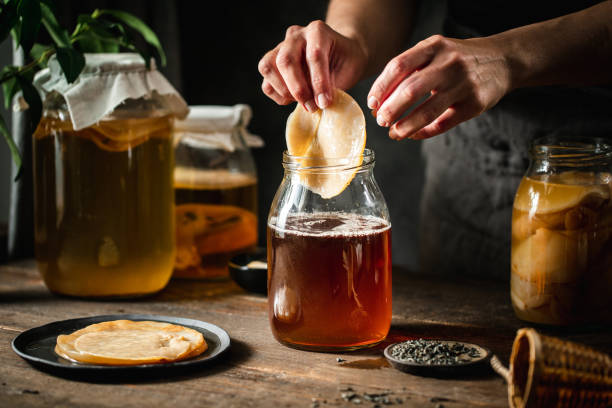How technology is streamlining small-batch production
Small-batch food and drink makers are adopting digital tools to tighten processes, improve consistency, and reduce waste. This article reviews practical ways technology supports sustainability, fermentation control, sourcing, and tasting in craft production.

Small-batch producers—from microbreweries and fermenters to artisanal condiment makers—are turning to technology to make operations more efficient without losing the craft that defines their products. Digital sensors, recipe management software, and lightweight automation help people scale consistency, manage seasonality, and track ingredients while preserving local sourcing and artisanal techniques. This article examines how modern tools influence sustainability, fermentation, pairing and tasting, beverages and brewing, supply choices, and nutrition in small-scale food and drink production.
How does technology support sustainability?
Technology helps small producers measure and reduce resource use in practical ways. IoT sensors on tanks and ovens can monitor energy consumption and maintain target temperatures to avoid overcooking or over-fermenting, cutting wasted batches. Inventory management systems reduce spoilage by flagging expiring ingredients and enabling first-in, first-out rotation. Traceability software documents local sourcing and supply chains, making it easier to report on sustainability goals and to choose suppliers that align with seasonal availability. Together these tools make sustainable practices more actionable for craft-scale businesses.
What role does tech play in fermentation control?
Fermentation is sensitive to temperature, pH, and timing. Affordable controllers and data loggers give small-batch fermenters precise, time-stamped records, improving consistency across runs. Automated temperature control systems and simple inline sensors enable adjustments during fermentation, reducing the need for repeat batches. Software platforms store recipe parameters and historical outcomes, so producers can refine recipes systematically. This combination supports experimentation while maintaining quality, whether for kombucha, sourdough starters, or small-batch beers.
How can digital tools aid sourcing and seasonality?
Seasonality and local sourcing are core to many craft producers, but they bring variability. Procurement platforms help manage supplier relationships and forecast ingredient availability based on seasonality. Producers can use shared marketplaces to find local services and growers, and mapping tools to plan supply routes that minimize transport. Forecasting models—scaled down for small operations—help match production to seasonal yields, reducing overbuying and ensuring fresher ingredients for cuisine, recipes, and beverages focused on peak flavor.
What impact does technology have on brewing and mixology?
In brewing and cocktail creation, tech supports repeatability without sacrificing creativity. Small-scale brewing controllers manage mash schedules, water chemistry, and fermentation profiles, improving batch-to-batch consistency. For mixology and craft beverages, digital recipe managers keep track of ingredient substitutions, spirit aging notes, and tasting scores. Point-of-sale and production tracking systems tie sales back to recipes, revealing which drinks perform best and guiding adjustments in proportions or sourcing to maintain quality across tasting events.
How does technology enhance pairing, tasting, and recipe development?
Tools for sensory analysis and data logging can formalize tasting notes, making pairing decisions more reproducible. Producers can record tasting panels, tag tasting descriptors, and link that data to recipes and menus. Machine-readable recipe databases let teams query ingredient substitutions, calculate seasonality impacts, and generate pairing suggestions based on flavor profiles. These systems support collaborations between chefs, mixologists, and small producers to create cohesive cuisine and beverage pairings that reflect local ingredients.
What tools help manage ingredients, nutrition, and craft production?
Inventory and formulation software tailored to small operations can track ingredients down to batch level, calculate nutrition facts, and automate allergen labeling. This is useful for producers selling packaged items or supplying local services where transparency matters. Lightweight ERP systems and mobile apps let teams manage orders, production schedules, and quality checks without heavy IT investments. Packaging and labeling solutions integrate with these tools to keep ingredient lists and nutrition information accurate for retailers and consumers.
Conclusion
Adopting technology need not mean abandoning craft principles. For small-batch food and drink producers, targeted digital tools improve consistency, reduce waste, and enhance traceability while supporting seasonality and local sourcing. Whether optimizing fermentation, refining recipes, or managing supply chains, accessible technology helps maintain the distinctiveness of craft products while making operations more resilient and sustainable.





